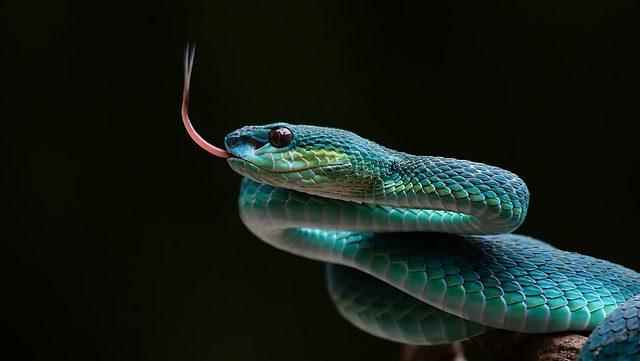Nickie Latham
Ever since dinosaur fossils were first discovered, people have been very interested in prehistoric animals and wondered what it would be like to live with them.
Can you imagine a giant lizard chasing you down the street? Or waving to a Stegosaurus walking past you on the street?
But humans actually share the world today with animals that are as old as dinosaurs, or are directly descended from dinosaurs. Some of these animals have remained unchanged for millions of years, while others have become unrecognizable.
Let’s take a closer look at 10 prehistoric animals that live today and have prehistoric origins.
Crocodile
Actually, you clicked on this article for big and scary reptiles like crocodiles, right? Let’s just say, then, that crocodiles come from a family of dinosaurs known as archaosaurs that lived 250 million years ago, in the early Triassic period.
The first crocodile appeared 95 million years ago, during the late Cretaceous period. Today’s crocodiles come from the prehistoric Deinosuchus family. In other words, they are predators that can be found in water, close to the ground, with a long nose, strong tail and many teeth.
Another archaosaur that has survived to this day is today’s birds. So crocodiles and ducks are actually close relatives.
Crested ostrich (Cassowary)
Judging from the claw-like foot of the crested ostrich, it’s hard to doubt that it came from a species of dinosaur.
Crested ostriches, the third largest bird species in the world, usually live in northern Australia, Papua New Guinea and Indonesia.
Another feature that connects the crested ostrich to its dinosaur family is the comb on its head. Some experts believe this hard leather helmet, which stretches like a feather, is used for temperature control, while others believe it helps make a sound too deep for the human ear to hear.
These blue-necked birds swim very well and produce green eggs.

tuatara reptile
The lineage of the Tuatara reptile dates back to the early Triassic period.
These reptiles from the Rhynchocephalia family live on an island near New Zealand and feed on insects, spiders, worms and small birds.
These sharp-toothed reptiles can live to be nearly 100 years old and surprisingly, they can also withstand colder climates.
The tuatara reptile is scientifically referred to as a ‘living dinosaur’, but as a species they are completely isolated.
About 30 thousand creatures from the ‘amniote invertebrate’ family live today and they are divided into 6 groups. There are at least 15,000 species in the bird group, approximately 10,000 species in the lizard and snake group, 5,400 species in mammals, 25 species in crocodiles, and only one species in the tuatara.
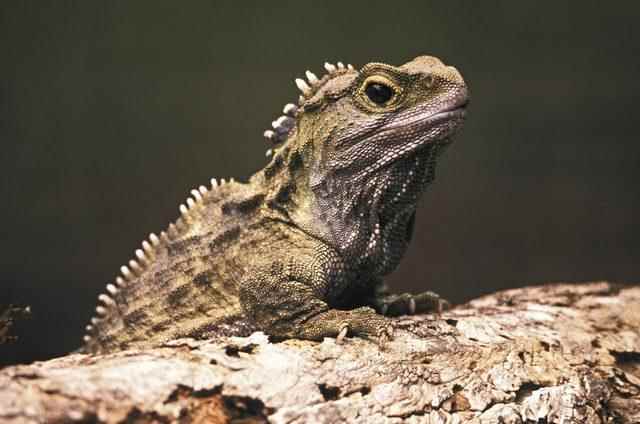
Shark
It would be wrong to call sharks modern-day dinosaurs, because they are actually much older than dinosaurs.
The first shark species existed 450 million years ago, in the Silurian Period, and has survived the catastrophes that led to the extinction of many species.
Of course, among this animal species that has been around for such a long time, many varieties have emerged. For example, giant sharks such as the now extinct Megalodon once swam in the seas. Or Helicoprion, which has a spiral jaw structure, also had a very interesting body structure, although it is no longer in the world.
Some sharks have even developed the ability to glow in the dark.
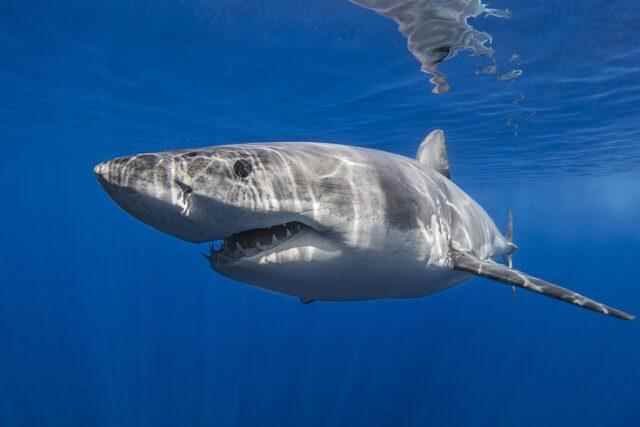
Lizzard
Lizards and dinosaurs shared some genetic traits over millions of years. But the two animals parted ways at some point. The easiest way to understand this is to look at her legs. The legs of dinosaurs descend perpendicular to the ground, while the legs of lizards and crocodiles open to the side.
The lizards, which are quite distant from the Archosaur family, have evolved over the years according to their living conditions and developed extraordinary abilities.
Today’s lizards can swim and walk on water, glide through the air, climb trees, and hang suspended from the ceiling. Lizards can also regrow their tails when they lose it.
Experts believe that thanks to these amazing skills, lizards have managed to survive in many extinction scenarios.
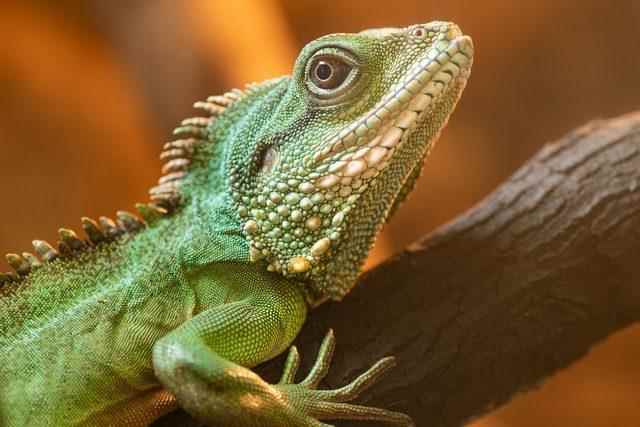
Crab
Crabs are not descended from dinosaurs, nor are they lizards, and they did not evolve into birds.
But we’ve included crabs on this list to appreciate the powerful armor they’ve developed for themselves as a result of so many years of existence.
Lobsters, crabs, and other crustaceans actually appeared millions of years before the dinosaurs.
A species of crab we call the horseshoe crab, which is more akin to spiders than to modern crabs, existed 450 million years ago.
The modern crab family, on the other hand, lived in the time of the dinosaurs, that is, about 150-200 million years ago.
Crabs proliferated so much during this period that scientists began to use the name ‘crab revolution’.
As the crabs multiplied, they began to spread to different regions, thus surviving mass extinctions among plants and animals.
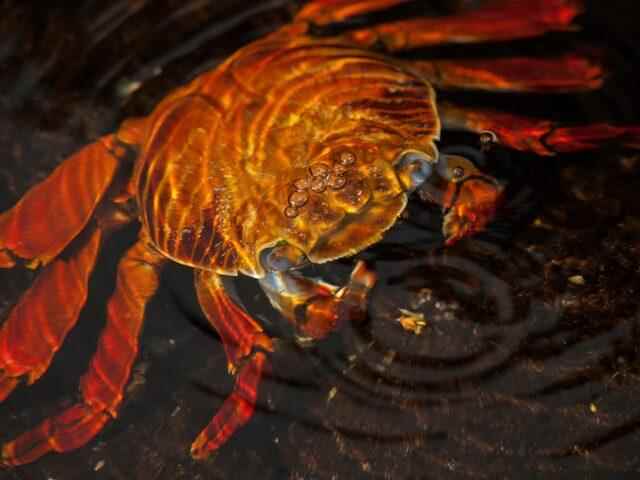
Ostrich
Ostriches, crested ostriches, kiwis, and emular belong to the group of animals called ratites, which are flightless, large, long-necked and long-legged birds.
Ornithologist Peter Houde explains the relationship between ostriches and dinosaurs. Houde suggests that during the time of the dinosaurs, small dinosaurs evolved into small birds and flew to settle in areas. Houde thinks these birds had to be completely ground-bound in order to survive in their new habitat, forgot to fly, and thus “evolved backwards.”
In this evolutionary process, experts think that ostriches developed a reptilian-like jaw structure and fluffy feathers, while also suggesting that they may have grown to protect themselves from predators.
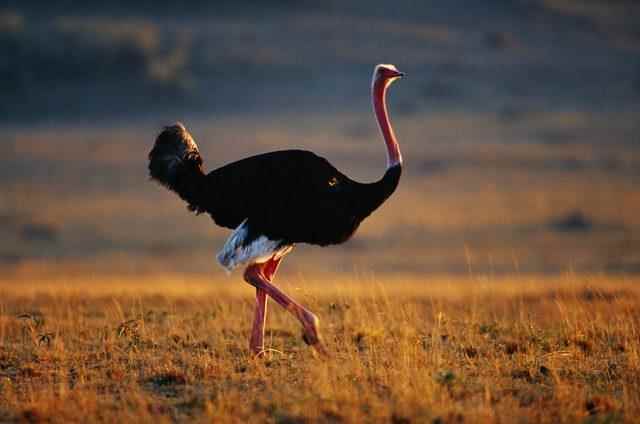
sea turtle
The sea turtle is a very successful animal species and lives on every continent of the world except Antarctica.
Sea turtles with dinosaurs and vultures appeared about 230 million years ago and survived the Cretaceous Period, which wiped out dinosaurs from the face of the earth.
Scientific debate continues as to whether sea turtles with their extraordinarily strong shells are from the archosaur family and are actually closer to snakes and lizards.
From the Birmingham Museum, Dr. “We haven’t found enough fossils to prove this yet, but we think sea turtles evolved from another reptile whose ribs were gradually enlarged and eventually turned into a shell,” says Terri Cleary.

Chicken
It is now well known that there was an evolutionary link between dinosaurs and birds. But recently, another surprising discovery has been made. Scientists have determined that Tyrannosaurus rex (T-Rex) shares some molecular structures with today’s chicken.
In 2003, paleontologists Jack Horner and Mary Schweitzer were trying to remove a fossilized giant T-Rex bone during excavation and had to split the bone in two. Experts compared the protein collagen molecules they found in the bone with various animals and found the greatest similarity in chickens, ostriches and crocodiles.
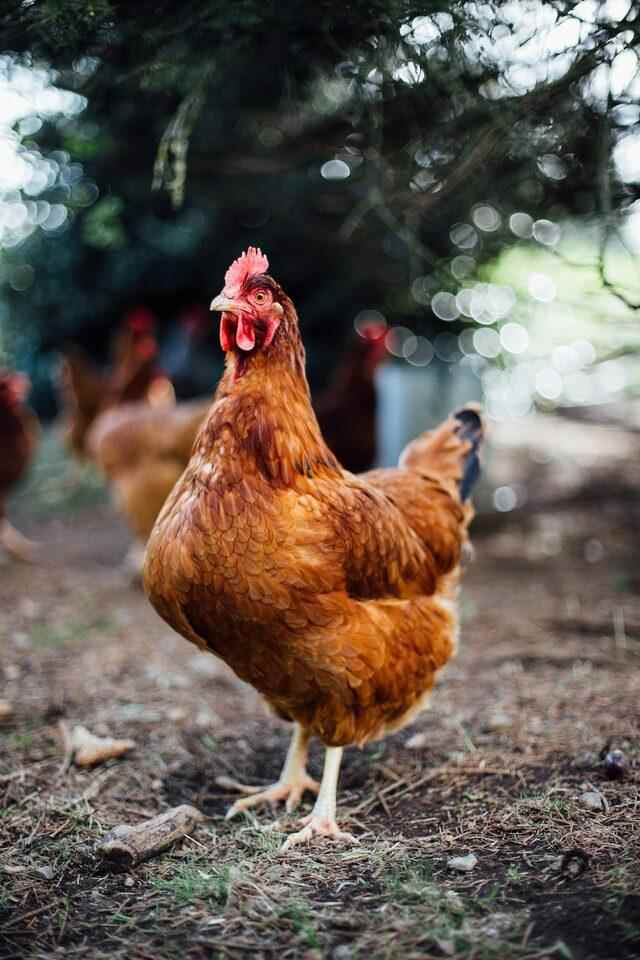
Snake
Snakes are also among the animals that lost some body parts as they evolved over many years. In particular, the snakes, which got rid of some bones in their legs and skull, managed to become completely flexible.
Snakes’ bodies are also so narrow that their kidneys are no longer side by side, but back to back. The snake, which has two lungs, can also be content with a single lung.
